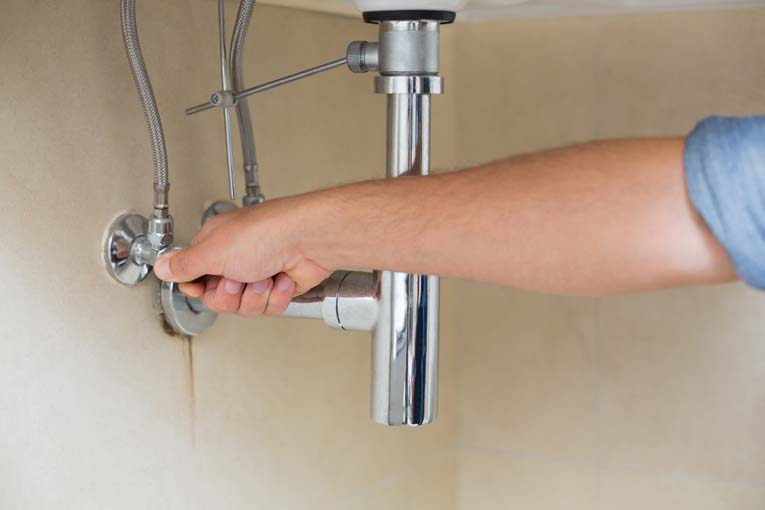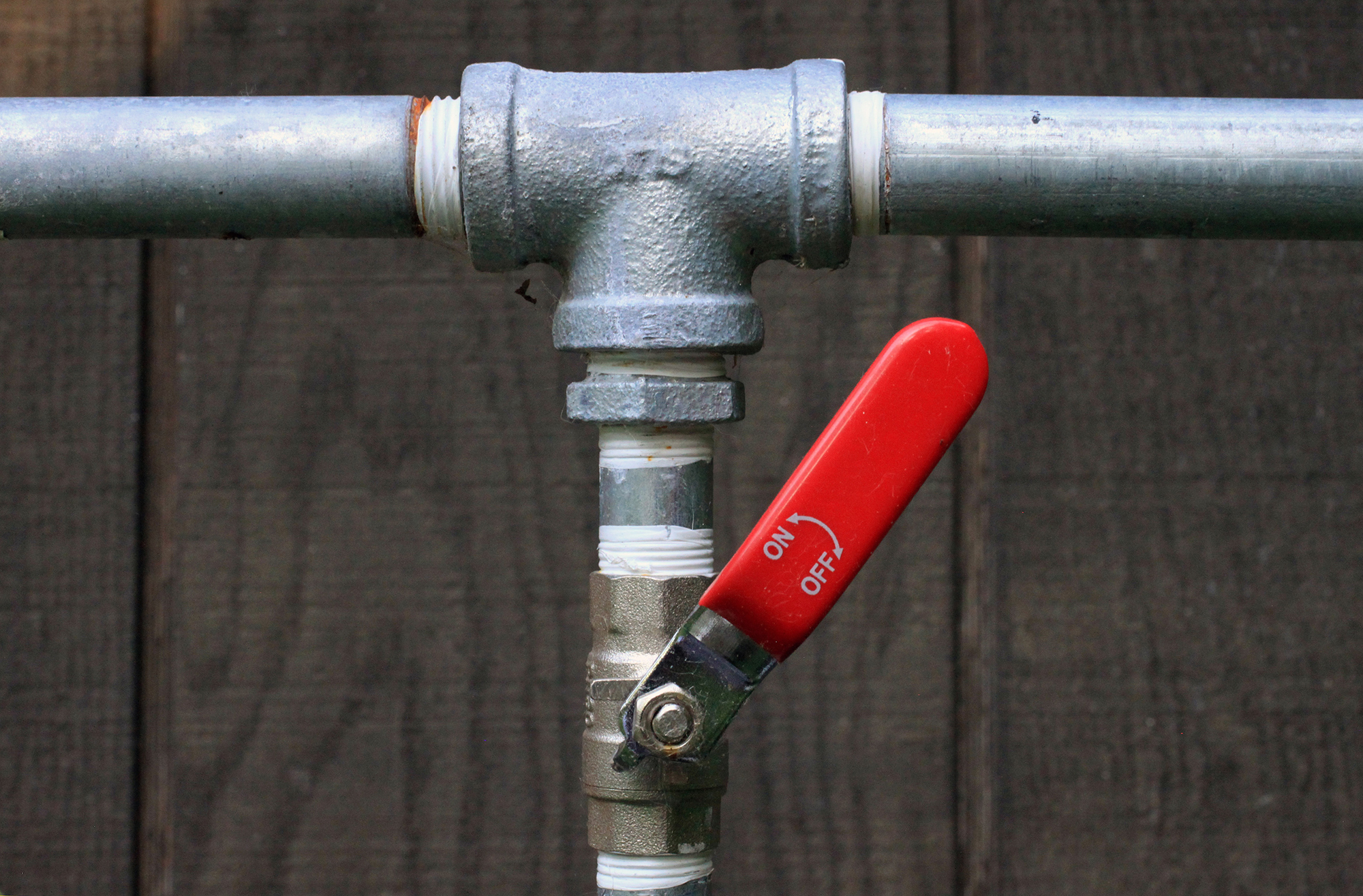Understanding Valve Location: Why Grasping It Completely
Understanding Valve Location: Why Grasping It Completely
Blog Article
We've encountered this post on 3 Effective Methods to Protect Your Home for Potential Water Damage down the page on the net and think it made good sense to relate it with you on this site.

The plumbing system of your residence is an elaborate network of pipes and shut-off shutoffs. In the event of an emergency, you can cut the water using the shutoffs.
Why Must I Worry About This?
Your bathroom sink is damaged, so you can readily discover the shut-off shutoff underneath the sink. For significant leakages, you must close the mainline shut-off valve.
The longer you wait to close the shut-off shutoff, the a lot more extensive the damages will certainly be. You may not have adequate time to figure out how to close the shutoffs when you're panicking in the middle of an emergency.
What Does the Shut-Off Shutoff Appear Like?
This is generally a knob that permits you to shut off the water for a specific appliance, a localized area (as an example the entire 2nd floor), or for the whole residential or commercial property. It is essential to understand where these shutoffs are, so when something crops up in any kind of area of your residence, you can close it as soon as possible. This will assist you prevent considerable water damages that will cost thousands to repair.
Where are These Situated?
It may be testing to find them, specifically if your home is big. Your best choice is to call a water remediation solutions business for guidance. If you have a rather moderate-sized house, attempt looking for a handle or bar. This is generally situated in the adhering to locations:
If you have a residence examination report from when you bought your home, it needs to be suggested in those papers. Nevertheless, if you developed it from square one, it must remain in the blueprints. Usually, home builders set up the valves near or within the primary, ground-floor restrooms. Although the valves are intended to be visible, some pick to camouflage them for aesthetic factors.
When to Call an Expert?
Need to the previously mentioned hold true for your local shutoffs, you have nothing else choice but to shut off the major water line, reducing the source of water in your entire home. Call the plumber to check the problem as well as closed off the valve in that area just so you can make use of the remainder of the plumbing in other areas of your residence.
Bear in mind, these shutoffs are lifesavers and vital for any type of plumbing repair work. You can turn them off if you identify any leakages to avoid further damages. Your home can obtain flooded not only with natural catastrophes however because of a burst pipeline. In case of a plumbing emergency, shut down these valves to avoid issues that call a reputable water damage restoration provider.
The plumbing system of your residence is an intricate network of pipelines and shut-off valves. In the event of an emergency, you can cut the water using the valves. The longer you wait to shut the shut-off valve, the more considerable the damages will be. It is important to recognize where these shutoffs are, so when something plants up in any kind of location of your residence, you can close it right away. In the event of a plumbing emergency, shut down these shutoffs to protect against complications that call a reliable water damage repair service provider.
How to Shut Off Water Valves
The Shutoff Valve to the Water Supply for an Individual Plumbing Fixture
To stop the flow of water to a specific appliance such as a sink, check the pipes for the nearest valve; it will likely be made of chrome and located directly below the fixture. Many showers and sinks have two valves for hot and cold water respectively, so make sure to turn them both off. Appliances like dishwashers, How to Shut Off Water Valveswashing machines, and refrigerators sometimes have switches, rather than valves, on the hoses connecting them to the wall. Water heater valves are usually located on the pipes above.
When it comes to which way you should turn the valve, keep in mind the old saying “righty tighty, lefty loosey.” In other words, turning a valve clockwise, or to the right, will restrict the flow of water while turning it counterclockwise, or to the left, will allow water to flow. If you have trouble turning the valve, wear a work glove to get a better grip, or use a wrench. Once you turn all of the valves clockwise as far as they will go, the water supply should be successfully shut off.
Before you start making repairs, have a bucket nearby so that you can drain any water that was left over in the pipes. After you finish the job, turn the valves counterclockwise as far as they will go to restore the water flow.
The Shutoff Valve for the Main Water Supply to Your Home
The first step is locating your main shutoff valve. You probably have a brass valve with a round handle near the area where water enters your home. It could be located in your kitchen, a utility closet, a downstairs bathroom, or even on an outside wall. Turning the valve clockwise as far as it can go should shut off all of the water fixtures in your home; however, you’ll need to turn on all faucets to empty any water left remaining in the pipes. Let your sinks and showers run until all water flow ceases, and then turn all faucets to the off position. After finishing your repairs or installations, turn the main valve back counterclockwise.
The Shutoff Valve for the Water Supply to Your Entire Property
Before you do anything, call your water company and ask for permission to access your street shutoff valve. If your home’s main water valve fails or needs replacing, you must turn off the water supply to your whole property before attempting repairs. You’d also need to do this before trying to fix a leak in the pipes connecting your home to the street valve. The shutoff valve for the property is usually located in the same metal box that contains the water meter. Remove the box cover and look for a handle; you might need a long wrench to reach it.
Different cities have different types of street valves. Ball valves have long, thin handles while gate valves have more rounded handles. A ball valve handle will usually be aligned with the pipe while open; turn it 90 degrees to the right to turn it off. Gate valve handles should be turned clockwise as far as possible to stop the water flow.

We were brought to that article about 3 Efficient Tips to Guard Your Home from Showers and Storms through someone on another web blog. So long as you appreciated our article plz remember to pass it around. Thank-you for taking the time to read it.
Quality solution? Call. Report this page